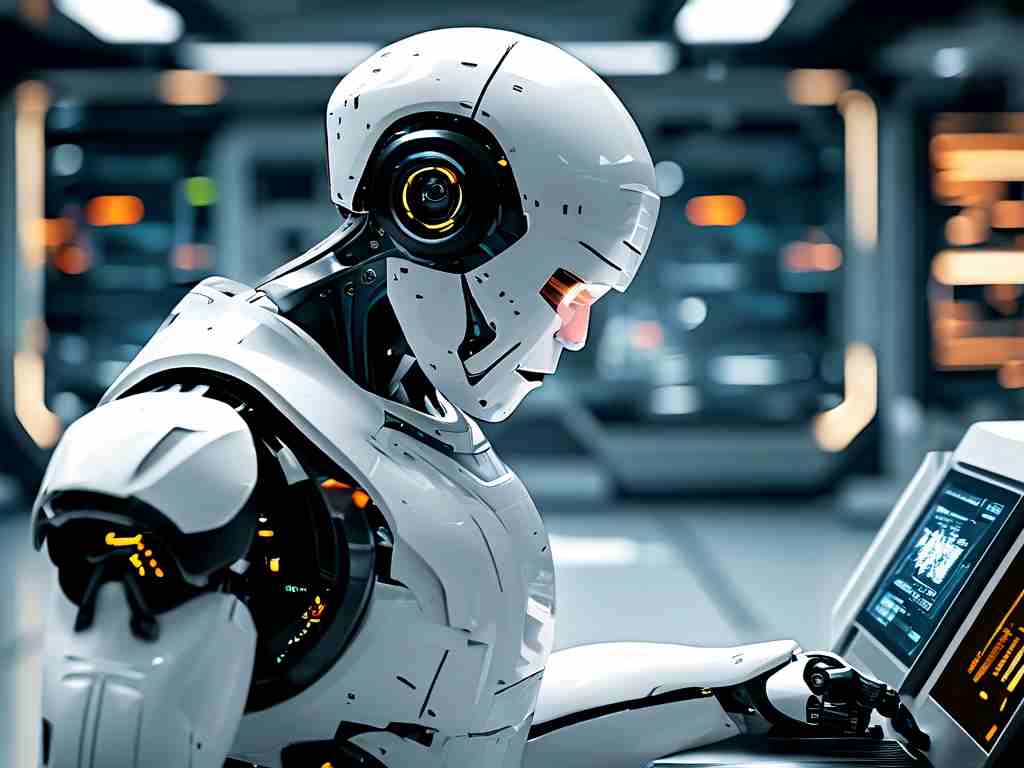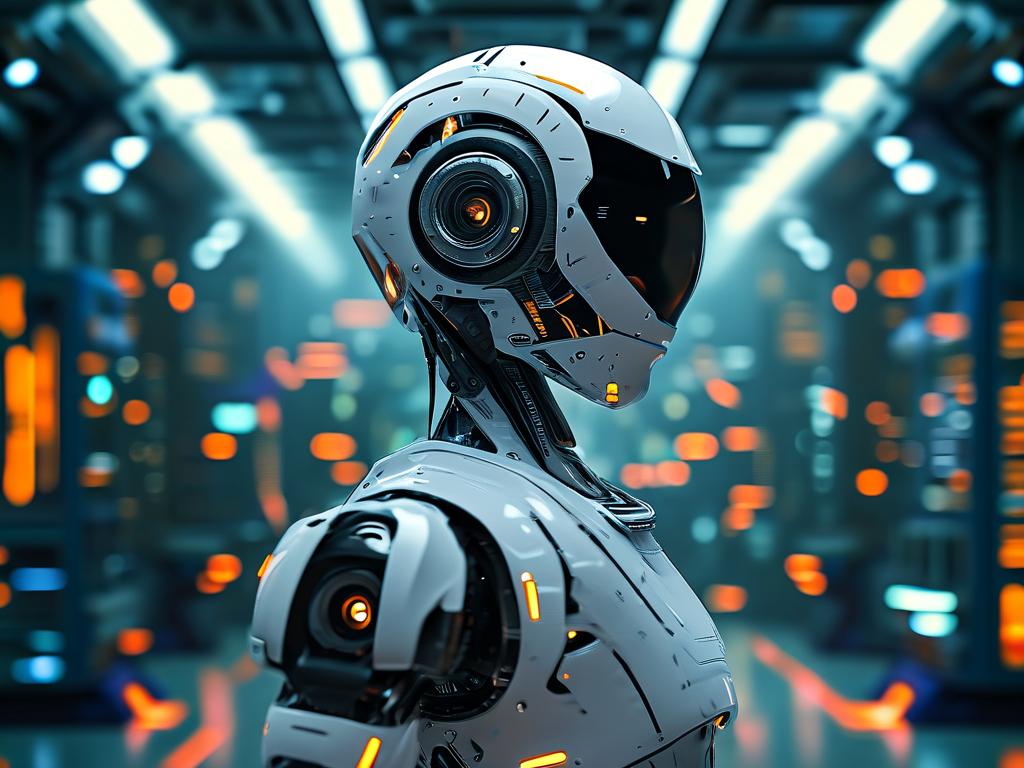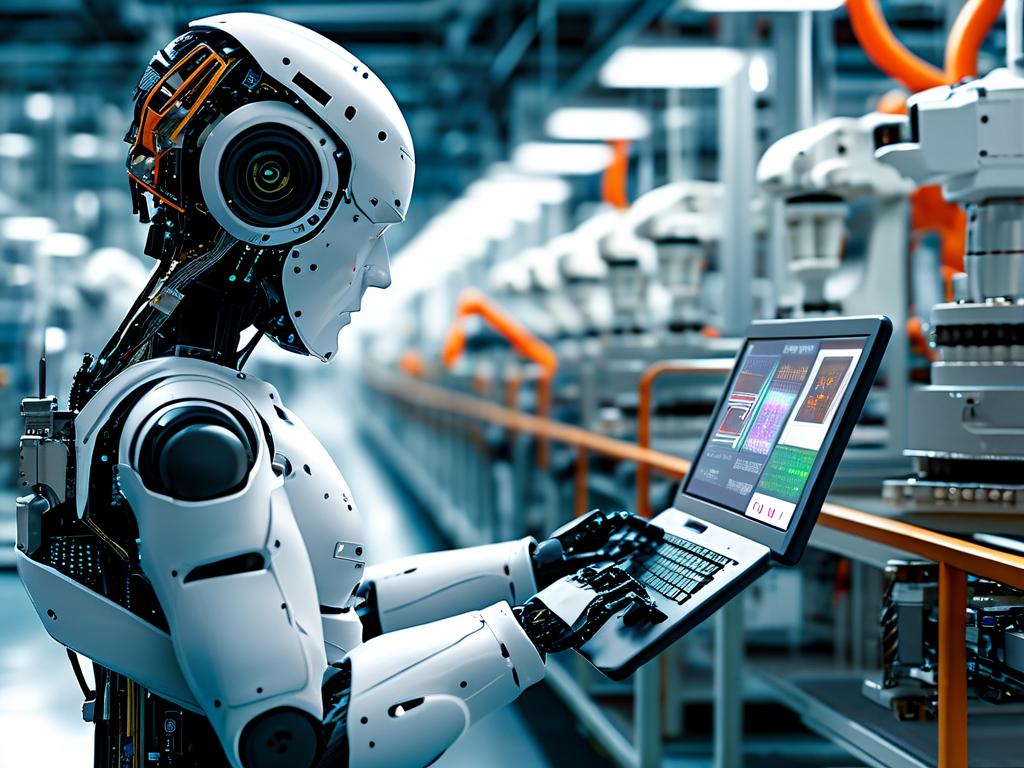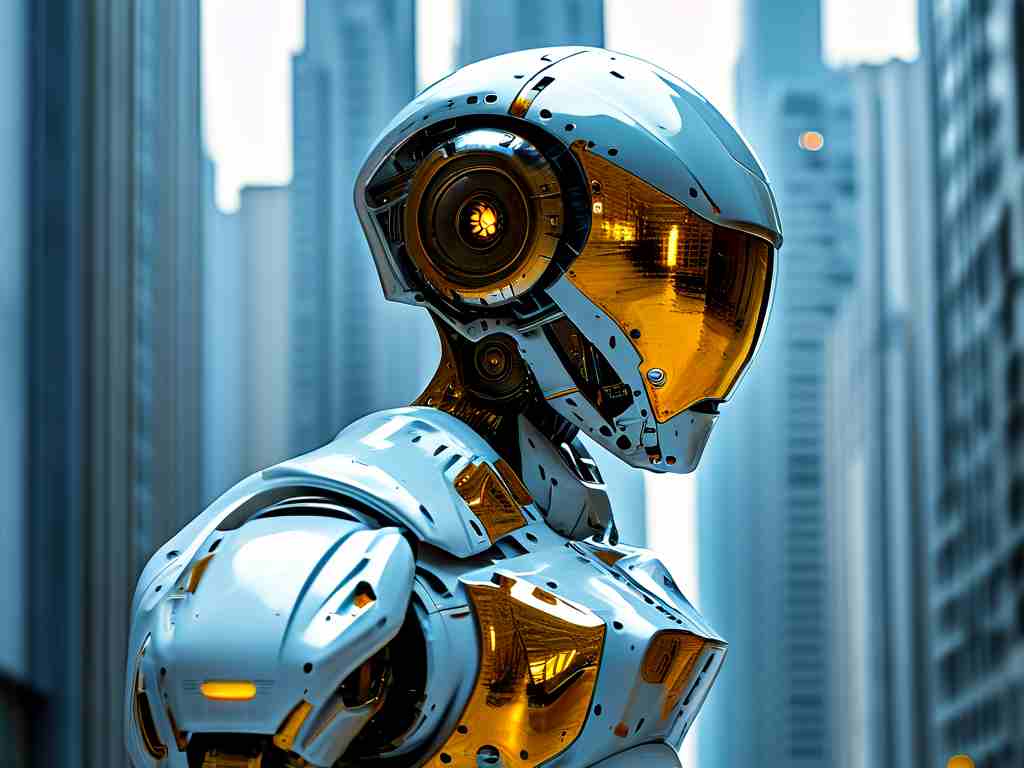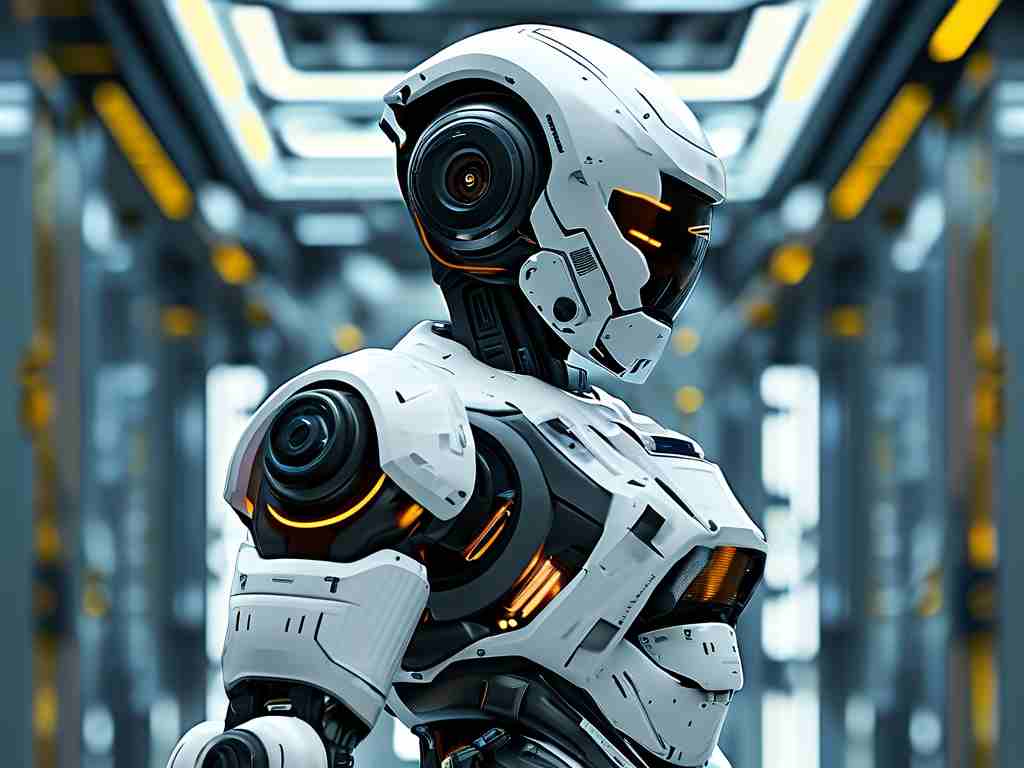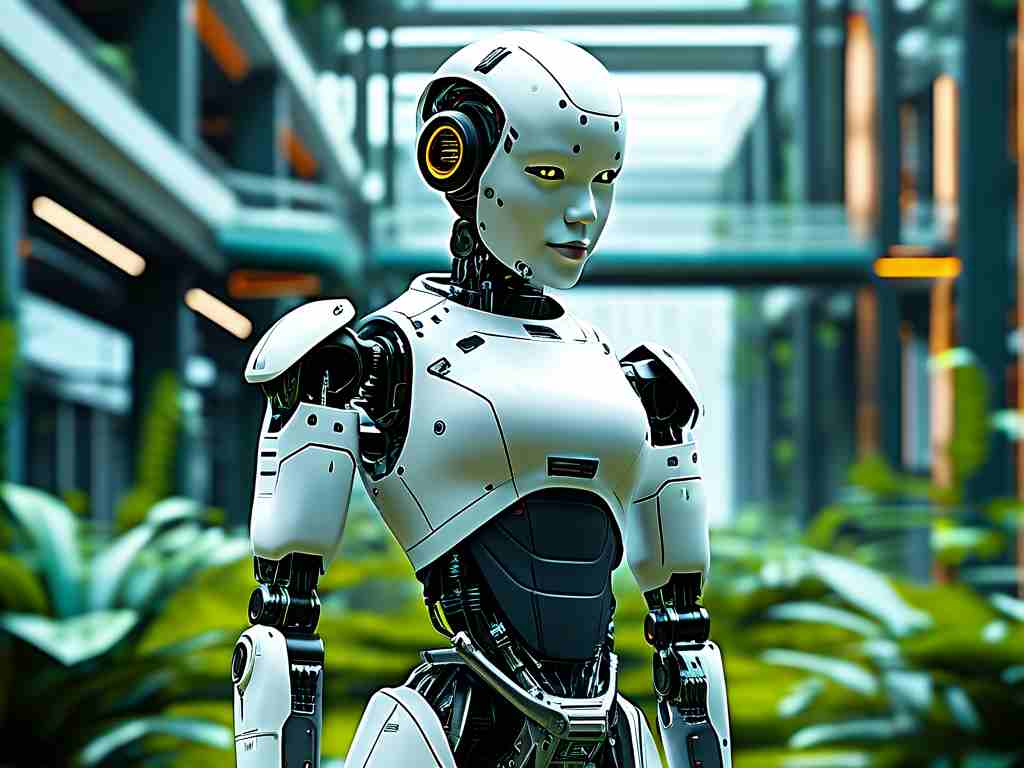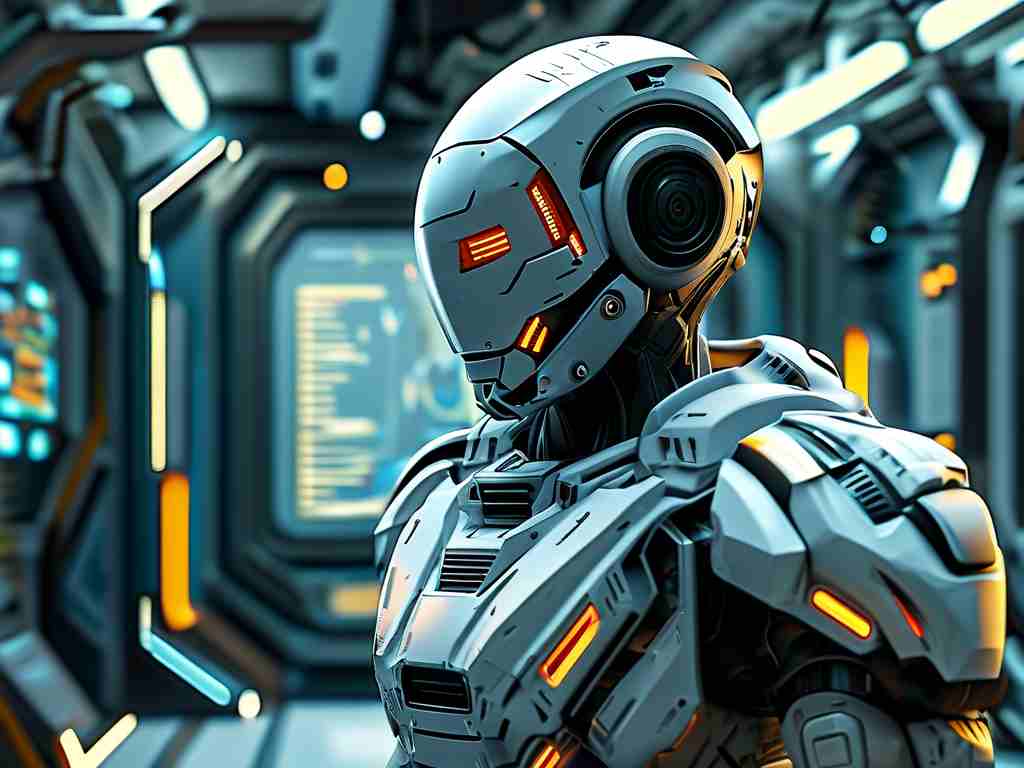The evolution of service robots has transformed industries ranging from healthcare to hospitality, driven by a fusion of cutting-edge technologies. These intelligent machines now perform tasks with human-like precision, but their capabilities stem from carefully engineered systems working in harmony. Let’s explore the foundational technologies powering today’s service robots.

Navigation and Spatial Awareness
At the core of autonomous movement lies simultaneous localization and mapping (SLAM). This technology enables robots to create real-time maps of unfamiliar environments while tracking their position within them. Advanced variants like 3D LiDAR SLAM combine laser scanning with inertial measurement units (IMU) to handle multi-floor buildings or cluttered spaces. For example, hospital delivery robots use thermal cameras alongside LiDAR to navigate through crowded corridors while maintaining social distancing protocols.
Sensor fusion plays an equally critical role. Modern service robots integrate data from infrared sensors, ultrasonic rangefinders, and torque sensors to achieve millimeter-level positioning accuracy. The Pepper robot developed by SoftBank Robotics exemplifies this approach, using a combination of 3D cameras and laser sensors to detect approaching humans from multiple angles.
Human-Robot Interaction Systems
Natural communication requires multi-modal interaction frameworks. These systems process speech through neural language models while analyzing facial expressions via convolutional neural networks (CNNs). A breakthrough in this domain is emotion-adaptive response algorithms, which enable robots like PARO the therapeutic seal to modify their behavior based on a user’s vocal tone and body language.
Tactile feedback interfaces have emerged as game-changers in physical interaction. The Shadow Robot Company’s Dexterous Hand implements force-sensitive resistors and piezoelectric sensors to handle fragile objects – a critical capability for service robots in elderly care facilities. When lifting a glass of water, these sensors provide 1,000 data points per second to prevent slippage or excessive pressure.
Artificial Intelligence Backbone
Beneath the surface, edge computing architectures enable real-time decision-making without cloud dependency. NVIDIA’s Jetson platform demonstrates this through on-device machine learning, allowing robots to recognize 200+ objects locally while consuming under 10W of power. This proves vital for food service robots operating in environments with unreliable network connectivity.
Continuous learning systems represent another frontier. Through few-shot learning algorithms, robots can master new tasks with minimal training data. The Toyota HSR robot showcases this by learning kitchen layouts after just three visual scans, adapting its cleaning patterns based on furniture rearrangements detected through daily operation.
Cloud Robotics Infrastructure
While edge computing handles immediate tasks, robot-as-a-service (RaaS) platforms enable fleet-wide intelligence. Amazon’s AWS RoboMaker demonstrates this through over-the-air (OTA) skill updates, where a coffee-serving robot in Tokyo can instantly acquire better cup recognition models developed from data collected by counterparts in Berlin.
Blockchain-secured data logs are increasingly adopted for sensitive environments. In pharmaceutical delivery systems, robots now use Hyperledger Fabric to create immutable records of temperature conditions and chain-of-custody details throughout medication transportation.
Energy and Safety Systems
Breakthroughs in dynamic power allocation extend operational endurance. The Savioke Relay hotel robot employs reinforcement learning-based energy management, automatically reducing motor torque when carrying lighter payloads to conserve battery. Field tests show a 40% improvement in daily task capacity compared to traditional power systems.
On the safety front, predictive collision avoidance has evolved beyond simple obstacle detection. Boston Dynamics’ Spot robot uses Bayesian probability models to anticipate human movement patterns, calculating safe paths 0.8 seconds before potential contact occurs. This proves particularly effective in dynamic environments like airport terminals.
Ethical AI frameworks are being embedded at the firmware level. Robots designed for childcare applications now incorporate value-aligned reward functions that prioritize human safety over task completion – a system that automatically triggers shutdown protocols if forced to choose between finishing a delivery and avoiding physical contact with running children.
Looking ahead, the convergence of quantum computing and neuromorphic engineering promises to revolutionize service robots. Early prototypes from research labs demonstrate spiking neural networks that process sensory data with biological efficiency, potentially enabling robots to operate for weeks on single battery charges while handling complex social interactions.
As these technologies mature, service robots will transition from task-specific tools to adaptive partners capable of understanding context, predicting needs, and growing through experience – all while maintaining the rigorous safety and efficiency standards demanded by modern industries.


